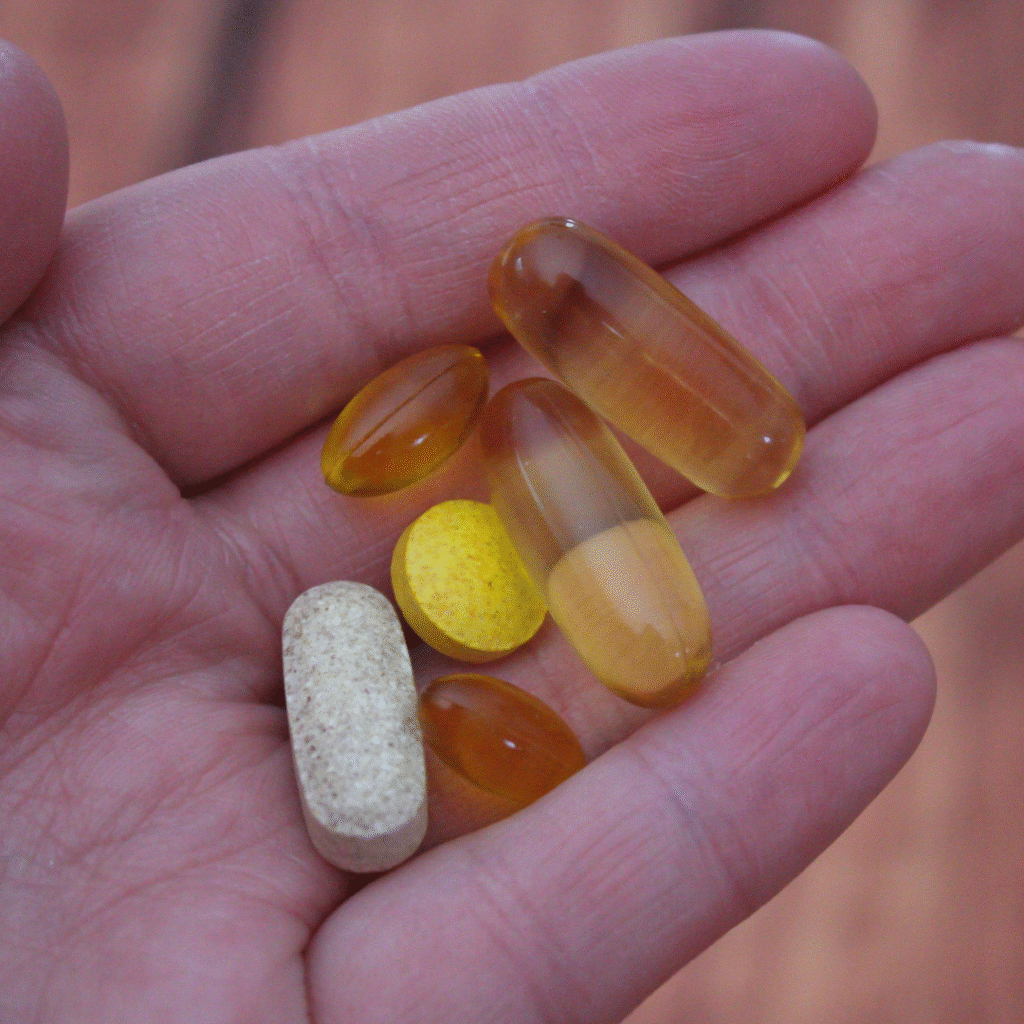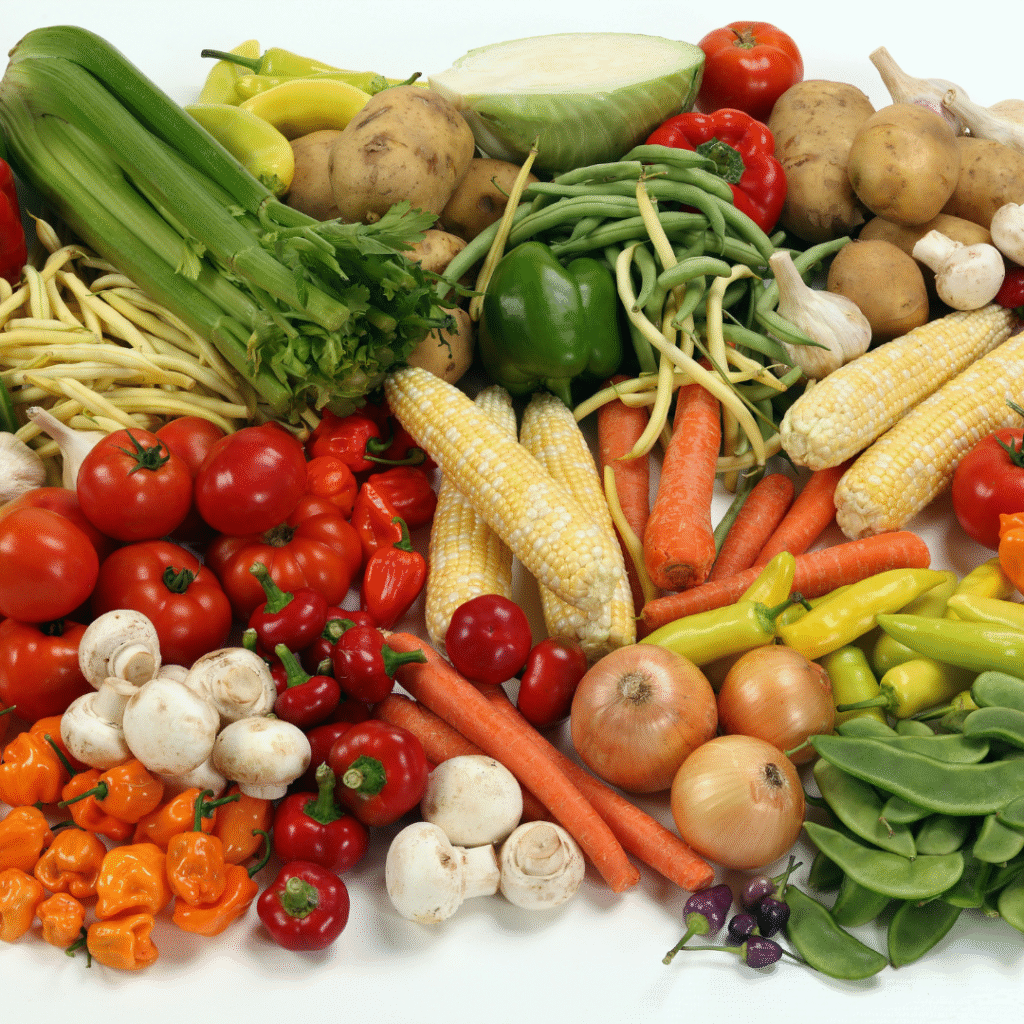Vitamin D is often referred to as the “sunshine vitamin” because our bodies can produce it when exposed to sunlight. However, many people still struggle to get enough vitamin D due to lifestyle, geographic location, or limited sun exposure. That is why food sources of vitamin D play a crucial role in helping us maintain healthy levels of this essential nutrient. Unlike many other vitamins that are abundant in fruits, vegetables, or grains, vitamin D is found naturally in only a handful of foods. Understanding which foods contain vitamin D can help you make better dietary choices and ensure you are getting enough of this vital nutrient for overall health.
In this article, we will explore the best natural food sources of vitamin D, discuss how much vitamin D these foods contain, and explain why including them in your diet is important for long-term health.
Why Vitamin D Matters
Vitamin D is unique because it functions more like a hormone than a traditional vitamin. It helps regulate calcium and phosphorus in the body, both of which are critical for maintaining strong bones and teeth. Adequate vitamin D levels also support muscle health, immune system function, and even mood regulation.

Without enough vitamin D, the body may struggle with bone weakness, fatigue, or lowered immunity. Because modern lifestyles often limit outdoor exposure, dietary intake of vitamin D has become increasingly important.
Natural Food Sources of Vitamin D
Unlike many other nutrients, vitamin D is not widely distributed in food. However, certain animal-based foods and some plant-based options do contain meaningful amounts. Let’s take a closer look at the most reliable food sources.
1. Fatty Fish
Fatty fish are among the richest natural sources of vitamin D. Species such as salmon, mackerel, sardines, herring, and trout are especially high in this nutrient. For example, wild-caught salmon is known to provide significantly more vitamin D than farmed salmon. A small portion of cooked salmon can provide more than the recommended daily intake, making it one of the best options for those who want to increase their vitamin D levels naturally. Sardines and mackerel are also excellent choices, often consumed fresh, canned, or smoked. Including fatty fish in your diet two to three times a week can significantly boost your intake of vitamin D.
2. Cod Liver Oil (Food Form)
Cod liver oil, while technically an oil extracted from fish liver, has been traditionally consumed as a food in certain cultures rather than only considered a supplement. It is one of the most concentrated natural sources of vitamin D. While it has a strong flavor that may not be appealing to everyone, some people include it in recipes or traditional dishes. Historically, cod liver oil was valued in northern regions where sunlight was scarce, serving as a staple food to prevent deficiencies during long winters.
3. Egg Yolks
Eggs are a widely available food and a convenient way to get vitamin D, especially through the yolk. The amount of vitamin D in an egg yolk depends on the diet and sunlight exposure of the hen. Eggs from pasture-raised or free-range chickens tend to have higher vitamin D content compared to those from conventionally raised hens. Eating whole eggs, rather than just the whites, ensures that you benefit from the vitamin D content, along with healthy fats and other essential nutrients. Incorporating eggs into your daily meals, whether scrambled, boiled, or added to baked goods, can help increase your vitamin D intake.
4. Fortified Foods
While not naturally occurring in all foods, many commonly consumed items are fortified with vitamin D to help prevent deficiencies. Fortification involves adding nutrients to foods that may not naturally contain them in significant amounts. In many countries, foods such as milk, plant-based milk alternatives (like soy, almond, or oat milk), orange juice, breakfast cereals, and yogurt are fortified with vitamin D. This makes it easier for people, especially those with limited sun exposure, to meet their daily requirements. Always check the labels of fortified products to see the amount of vitamin D they provide.
5. Cheese
Cheese naturally contains small amounts of vitamin D, though the levels are generally lower than in fatty fish or fortified foods. Certain types of cheese, like cheddar and Swiss, contain slightly higher amounts than others. While cheese alone is not a sufficient source to meet daily vitamin D needs, it can contribute to your overall intake when included as part of a balanced diet. Pairing cheese with other vitamin D-rich foods can be an effective way to maximize your nutrient intake.
6. Mushrooms
Mushrooms are the only widely available plant-based source of vitamin D. Interestingly, mushrooms produce vitamin D when exposed to ultraviolet (UV) light, much like human skin does. Wild mushrooms, such as maitake and chanterelles, are particularly high in vitamin D, while commercially grown mushrooms usually contain less unless they have been specifically exposed to UV light during cultivation. Some producers now market UV-exposed mushrooms as a natural plant-based source of vitamin D. This makes mushrooms a valuable option for vegetarians and vegans looking to increase their intake of this nutrient.
7. Beef Liver
Although not as commonly consumed today as it once was, beef liver is a rich source of several nutrients, including vitamin D. A small serving provides a modest amount of vitamin D along with iron, vitamin A, and protein. While liver has a distinct taste that may not appeal to everyone, it remains a nutrient-dense food option for those who enjoy traditional dishes or want to diversify their diet.
Combining Food Sources for Better Vitamin D Intake

Because vitamin D is fat-soluble, it is best absorbed when eaten with healthy fats. For instance, pairing vitamin D-rich foods with olive oil, avocado, or nuts can improve absorption. A breakfast of eggs cooked in olive oil, mushrooms sautéed in butter, or grilled salmon with avocado salad are practical ways to combine vitamin D sources with healthy fats for better nutrition.
Seasonal and Lifestyle Considerations
In regions with long winters or limited sunlight, relying on food sources becomes even more critical. People living at higher latitudes may not be able to synthesize enough vitamin D from sunlight alone, especially between late autumn and early spring. This is why foods such as fatty fish, fortified dairy, and UV-exposed mushrooms play a particularly important role in maintaining adequate levels year-round.
Vegetarians and vegans need to pay extra attention to their diets since most natural vitamin D sources are animal-based. Fortified plant-based milks and cereals, along with mushrooms, can help fill this gap. For people who avoid dairy or fish, seeking out fortified products becomes especially important.
Tips for Incorporating Vitamin D-Rich Foods into Your Diet
-
Plan fish-based meals twice a week – Recipes like baked salmon, grilled mackerel, or sardine salad are not only tasty but also excellent sources of vitamin D.
-
Include eggs in breakfast or snacks – Simple boiled eggs or omelets are versatile ways to add vitamin D to your meals.
-
Look for fortified options – Choosing fortified milk, yogurt, or plant-based alternatives ensures you are adding vitamin D effortlessly to your diet.
-
Experiment with mushrooms – Adding sautéed mushrooms to pasta, stir-fries, or salads can increase your vitamin D intake in a plant-friendly way.
-
Balance your plate – Combine vitamin D-rich foods with healthy fats to maximize absorption.
Final Thoughts
Vitamin D is an essential nutrient that supports bone strength, immunity, muscle health, and overall well-being. Since very few foods naturally contain vitamin D, it is important to be intentional about including these sources in your diet. Fatty fish, egg yolks, mushrooms, beef liver, cheese, and fortified products are some of the best options available. By understanding which foods are rich in vitamin D and making them a regular part of your meals, you can help ensure that your body gets the nutrients it needs, even when sunlight is limited.
Maintaining adequate vitamin D levels is about balance—combining sunlight exposure when possible with a thoughtful diet. By focusing on whole, nutrient-dense foods, you can enjoy delicious meals while supporting your long-term health naturally.




